20+ Years Experience
Specialist Shop Fronts

Ever admired the sleek and modern appearance of a glass-covered building, with natural light flooding its interiors? That’s the magic of curtain walling!
This innovative construction technique defies traditional building boundaries, offering a range of benefits that make it a popular choice for architects and designers nationwide.
We have extensive experience when it comes to shop front design and building structure. If you would like to find out more about curtain wall installation, please contact our team today or carry on reading below.
At its core, curtain walling is a non-structural cladding system that encases multi-storey buildings, providing an aesthetically pleasing facade with a lightweight design.
It consists of a frame, mullions, transoms, and infill panels, creating a visually stunning exterior while offering numerous practical benefits.

Aluminium and glass are the most prevalent materials employed in curtain walls, offering a wide range of design possibilities and colour options.
With curtain walls, buildings can enjoy natural lighting and openness, improved energy efficiency, attractive aesthetics, and a lightweight design that doesn’t bear any load from the building.
Curtain walling comes in two main varieties: stick curtain wall systems, which are assembled on-site, and unitised curtain walling systems, which are pre-assembled off-site.
Each type offers its own set of advantages and disadvantages, depending on the project requirements and desired aesthetics.
The stick system provides increased design and installation flexibility, whereas unitised curtain walling systems offer quicker installation and reduced on-site labour.
Regardless of the type, both systems are suitable for high-rise buildings and multiple floors, ensuring a visually captivating and functional facade.
A stick system is a constructed element by element on-site, using extruded aluminium transoms and mullions, referred to as “sticks,” which are cut to length in the factory prior to assembly.
This approach offers greater flexibility in design and installation, as the glazing is inserted into the frame from the interior, connecting to the main structure of the building without bearing any load from it.
The installation process involves establishing control lines, installing support brackets, erecting metal poles, slotting in glass panels, adding mullions and transoms, and completing the installation with glazing, external cover caps, and perimeter-finished metal work.
Unitised curtain wall systems, on the other hand, involve the pre-fabrication of large glass units in a factory, which is then transported to the construction site and assembled and installed on the building from the ground floor to the top floor.
This method offers quicker installation and lower on-site labour requirements, making it a popular choice for projects with tight deadlines or limited on-site resources.
However, the pre-assembled nature of unitised curtain wall systems may impose certain limitations on design and installation flexibility, which should be considered when choosing the appropriate system for a project.
Unitised curtain walls also provide natural light and openness, energy efficiency, attractive aesthetics, and a lightweight design, similar to stick systems.
Curtain walling can be made from various materials, with aluminium and glass being the most common choices due to their lightweight and versatile properties.
Other materials that may be used in curtain walling include composites, low-carbon steel, stainless steel, plastics, timber, and engineered stone, offering a wide range of design possibilities and performance characteristics.
The choice of materials can significantly impact the overall appearance, functionality, and durability of a curtain wall system, making it essential to consider the material selection carefully during the design phase.

Aluminium curtain walling offers numerous advantages thanks to its strength, lightweight nature, and high resistance to corrosion.
These properties make aluminium an ideal choice for curtain walling systems, as they provide protection from the elements without affecting the building’s energy efficiency.
Furthermore, aluminium frames can be painted in a variety of colours to match the desired aesthetic, ensuring that the curtain wall seamlessly blends with the building’s overall design.
Our team can also offer other designs of aluminium shop fronts for you to choose from.
Glass curtain walls, on the other hand, offer a sleek and modern appearance, allowing natural light to enter the building and create a bright and open interior.
The use of glass in curtain walling also provides sound insulation, thermal insulation, and protection from precipitation, ensuring a comfortable and secure indoor environment.
With glass curtain walling and glass shopfronts, architects and designers can achieve stunning, uninterrupted glazing that adds a touch of sophistication and elegance to any building facade.
The installation process for curtain walls involves two main stages: design and fabrication, followed by assembly and installation on-site.
During the design phase, a comprehensive plan is developed for the curtain wall system, including materials and structural specifications.
The fabrication process involves manufacturing the individual components, such as aluminium framing and glass insets, and assembling them together using silicone sealant and structural silicone adhesive.
Once the components are ready, they are transported to the construction site for assembly and installation, ensuring a secure and accurate fit.
The design and fabrication stage is crucial for ensuring that the curtain wall system meets the specific requirements of the building and adheres to all relevant industry standards and regulations.
This process involves creating detailed plans, taking into account factors such as building height, wind loads, and thermal performance, as well as the desired aesthetic and functional characteristics of the curtain wall system.
Once the design is finalised, the fabrication process begins, with the manufacturing of individual components and their assembly in a controlled factory environment.
This ensures that each component is produced to exact specifications, resulting in a high-quality, precision-engineered curtain wall system.
The assembly and installation stage involves putting together the curtain wall components on-site, following a series of carefully planned steps to ensure a secure and accurate fit.
These steps include establishing control lines, installing support brackets, erecting metal poles, slotting in glass panels, adding mullions and transoms, and completing the installation with glazing, external cover caps, and perimeter-finished metal work.
Throughout the installation process, it is essential to adhere to health and safety regulations and industry standards to protect workers and ensure a safe working environment.
By following these guidelines, building owners can be confident that their curtain wall system will not only look stunning, but also perform optimally in terms of energy efficiency, weather resistance, and structural integrity.
Curtain walls offer a host of benefits that make them an attractive option for modern building projects.
These benefits include natural light and openness, energy efficiency, aesthetic appeal, and lightweight construction, all of which contribute to the overall performance and visual impact of the building.
By incorporating curtain walling into their designs, architects and builders can create striking, energy-efficient, and comfortable spaces that serve as a testament to their creativity and expertise.
One of the most significant advantages of curtain walling is its ability to facilitate the entry of natural light, creating a luminous and open environment.
This not only enhances the aesthetic appeal of the interior spaces but also promotes a sense of well-being and productivity among building occupants.
Furthermore, the use of glass in curtain walling provides improved views and a contemporary appearance, compared to traditional wall types, making it a popular choice for modern architecture and design.
Curtain walls can enhance a building’s energy efficiency by minimising heating and cooling loads, providing insulation, and enabling natural lighting.
By reducing the need for artificial lighting and heating/cooling systems, curtain walling can help lower energy consumption and utility bills.
This not only benefits building owners and occupants financially but also contributes to a more sustainable and eco-friendly built environment.

Curtain walling offers a range of design possibilities, allowing architects and designers to craft distinct and unforgettable architectural designs.
With a variety of materials, colours, and configurations available, curtain walls can be tailored to match the desired aesthetic of any building project.
From curved walls and expansive windows to complex patterns and intricate detailing, curtain walling provides a unique and memorable visual impact that sets a building apart from its surroundings.
The lightweight construction of curtain walls offers several advantages in terms of structural performance and reduced sway.
By reducing the overall weight of the building, curtain walls can improve structural performance, allowing for more design flexibility and the potential for larger spans between supporting elements.
Additionally, the curtain walls’ own weight contributes to these advantages.
Additionally, curtain walls provide an additional layer of insulation and weather resistance, ensuring that the building remains protected from external elements and maintains a comfortable indoor environment.
Ensuring safety and compliance during curtain wall installation is crucial for the protection of workers and the integrity of the building structure.
Adherence to health and safety regulations and industry standards is of utmost importance, as it guarantees a secure working environment and a curtain wall system that performs optimally in terms of energy efficiency, weather resistance, and structural integrity.
Proper installation of a curtain wall system requires the use of specialised tools and techniques, as well as a thorough understanding of the building’s design and the manufacturer’s instructions. It is essential to have good health.
Health and safety regulations play a vital role in ensuring the well-being of workers and a safe working environment during the installation process.
These regulations cover various aspects of curtain wall installation, such as dislodged rubber sealing, leaks, burglaries, easily breakable materials, and fire protection requirements.
By adhering to these regulations, building owners can be confident that their curtain wall system has been installed safely and securely.
We can install curtain walling on multiple floors. During the installation process, we will ensure we meet safety standards. Our team will also ensure the building structure is safe after the curtain wall installation.
Industry standards for curtain walls, such as the CWCT’s “Standard for systemised building envelopes” (SSBE), outline the requirements for the specification of a curtain wall, establishing performance specifications and defining characteristics, performance requirements, and test criteria.
By adhering to these standards, building owners can ensure that their curtain wall system is designed, fabricated, and installed to meet specific performance requirements and comply with all relevant regulations.
This not only guarantees a high-quality, precision-engineered curtain wall system, but also provides peace of mind in terms of safety, durability, and performance.
If you’re ready to explore the possibilities of curtain walling for your building project, our team of experienced curtain wall installers is here to help.
With extensive experience and skills in the design, fabrication, and installation of curtain walling, we can provide expert advice and tailored solutions to meet your building’s unique requirements.
So why wait? Contact our curtain wall installers today and discover how we can transform your building’s facade and functionality, creating a visually stunning and energy-efficient space for all to enjoy.
In conclusion, curtain walls are an innovative and versatile construction technique that can greatly enhance the appearance and performance of multi-storey buildings.
With their lightweight design, aesthetic appeal, energy efficiency, and natural light benefits, curtain walls are a popular choice for modern architecture and design.
By carefully selecting the appropriate materials, systems, and installation methods, and adhering to health and safety regulations and industry standards, building owners can ensure a high-quality, visually stunning, and functional curtain wall system that serves as a testament to their creativity and expertise.
So why not embrace the world of curtain walls and see how they can transform your building project into a true architectural masterpiece?
If you are looking to install curtain walling at your business, please get in touch with our team today.
A curtain wall installer is responsible for the assembly and installation of exterior walls and frames on buildings.
They ensure all components fit together securely and precisely, then use power tools to mount the walls into place.
This position requires a high level of knowledge in building structures and materials, along with an eye for detail and accuracy.
On average, a curtain wall system can cost anywhere from £900 – £1200 per m².
Costs depend on the type of construction and insulation material used.
Curtain walling is an important aspect of modern building design that provides additional insulation, protection from the weather, and aesthetically pleasing views of the outside world.
As it is made of a combination of light yet strong materials such as aluminium and glass, curtain walling can greatly enhance the exterior of a building while also delivering high levels of functionality.

The main purpose of curtain walling is to provide an aesthetically pleasing facade for multi-storey buildings while adding protection and stability with a lightweight design.
It is a popular choice for modern buildings due to its ability to provide a sleek, contemporary look while also providing a strong and durable structure.
It is also a cost-effective solution, as it is relatively easy to install and maintain.
The two main curtain wall system types are stick and unitised
Each system offers different advantages for various applications.
Stick systems are typically used for smaller projects, as they are easier to install and require less labour.
Unitised systems are more suitable for larger projects, as they are more efficient and require less maintenance.
There are a range of other services that we can provide. Have a look at the list below for more information:
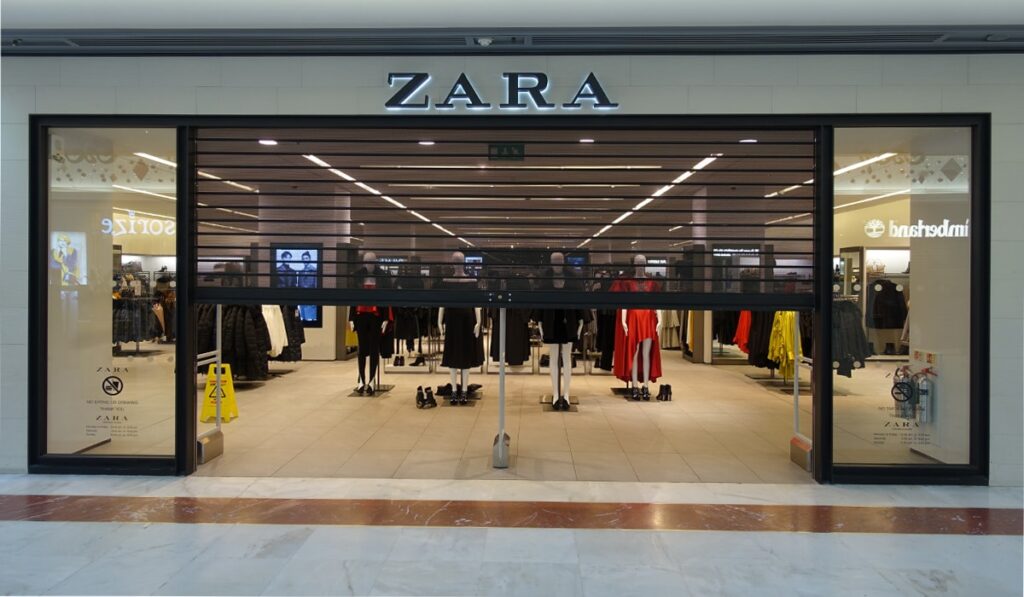
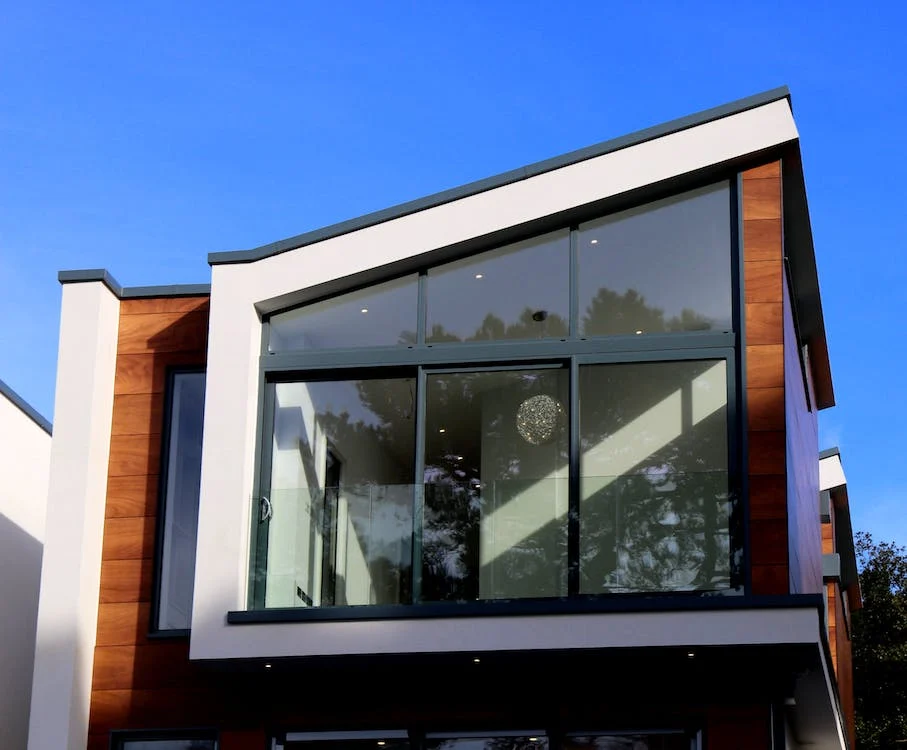
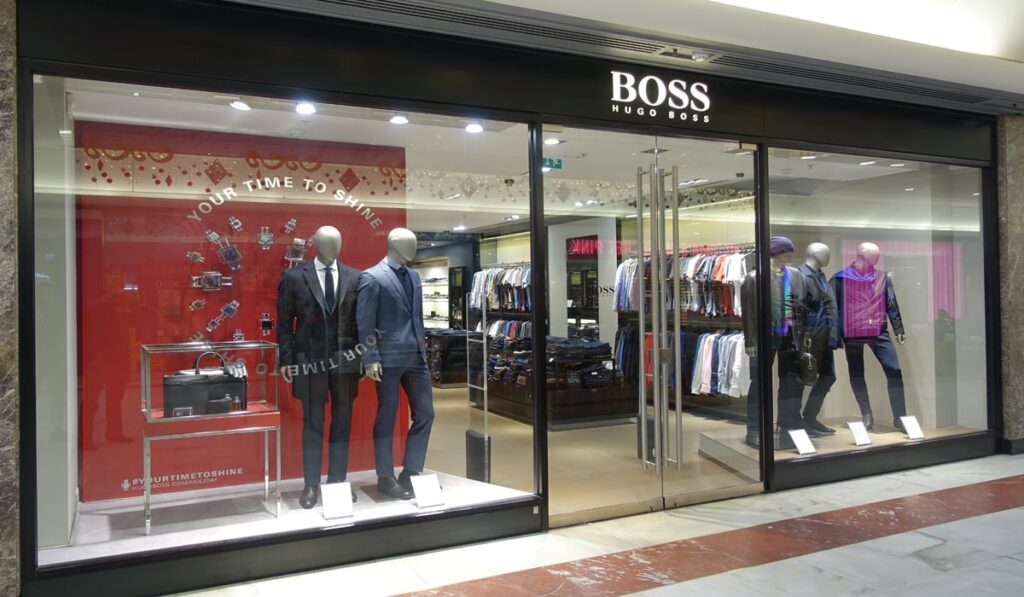
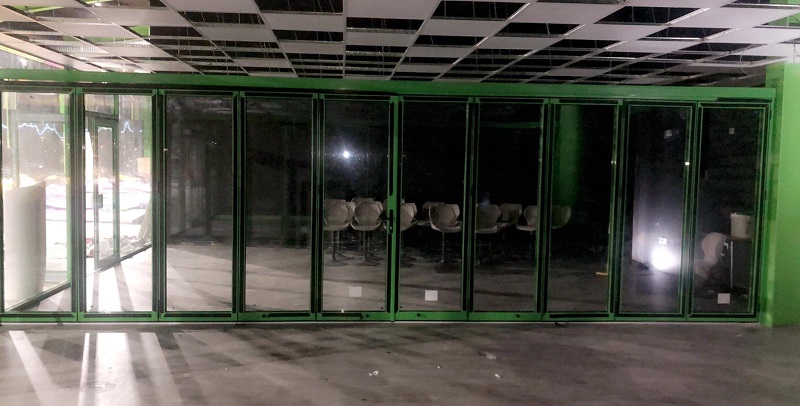
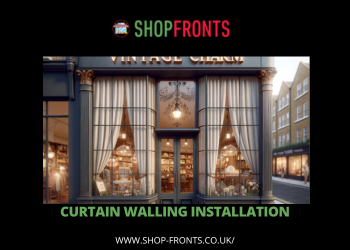
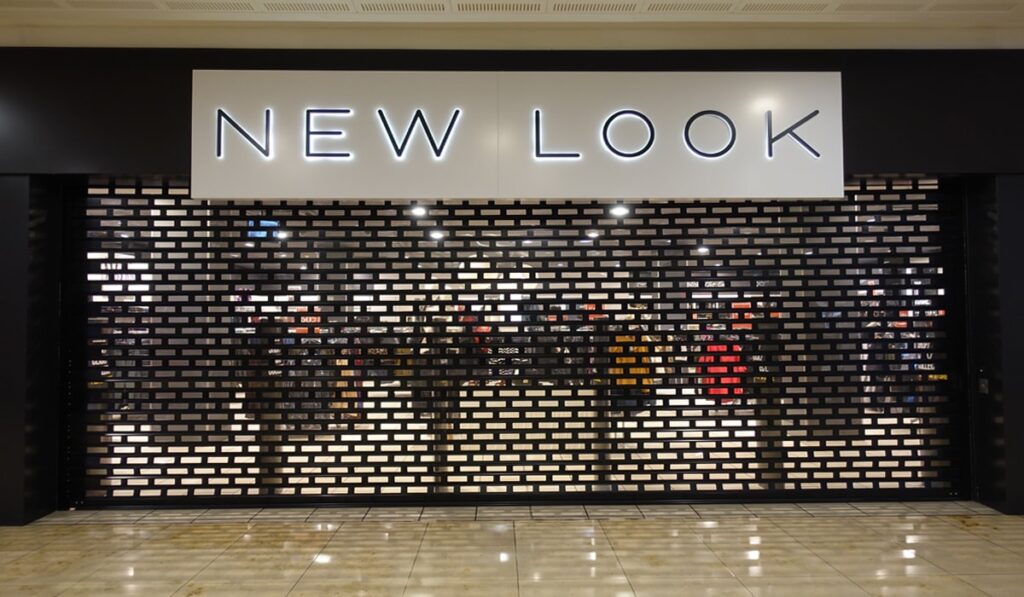

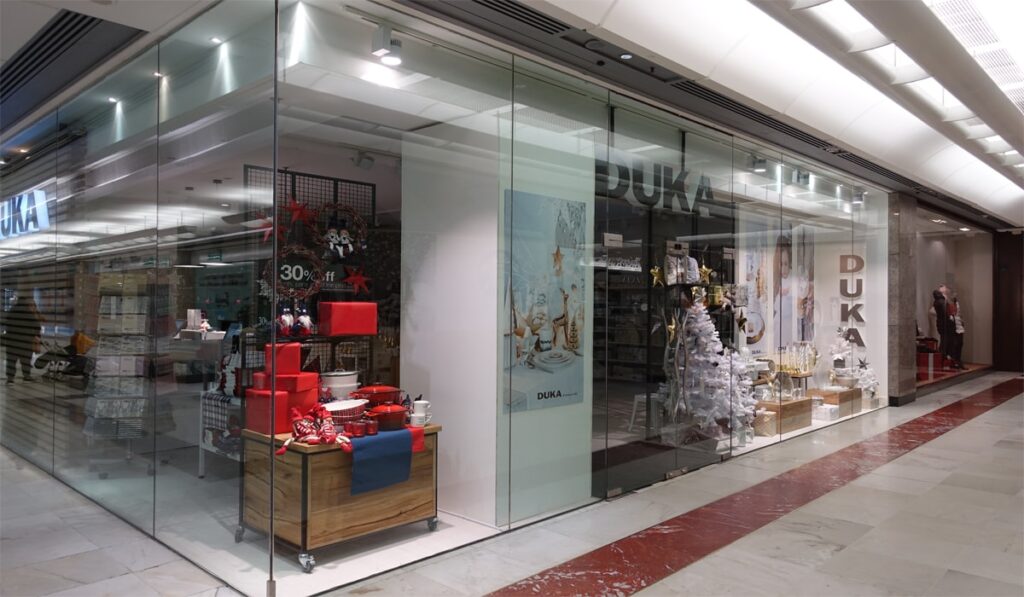
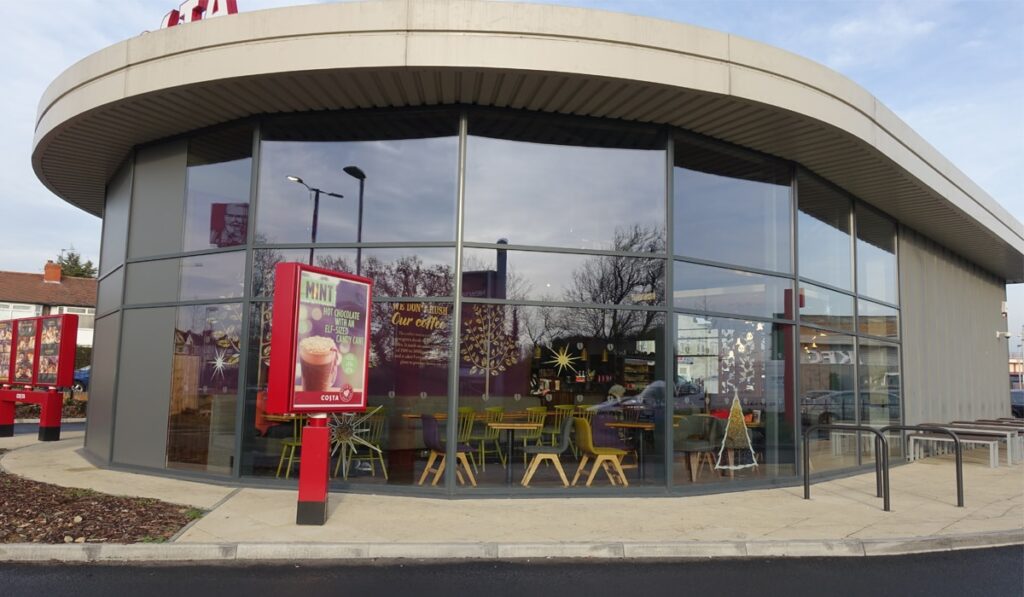

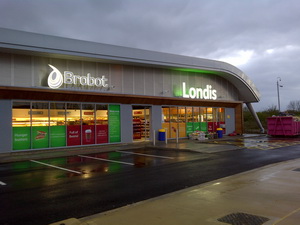
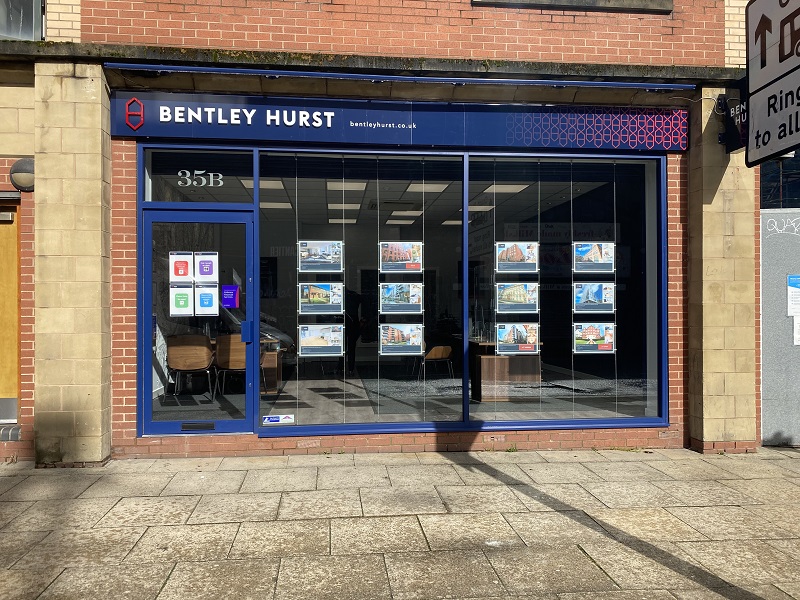
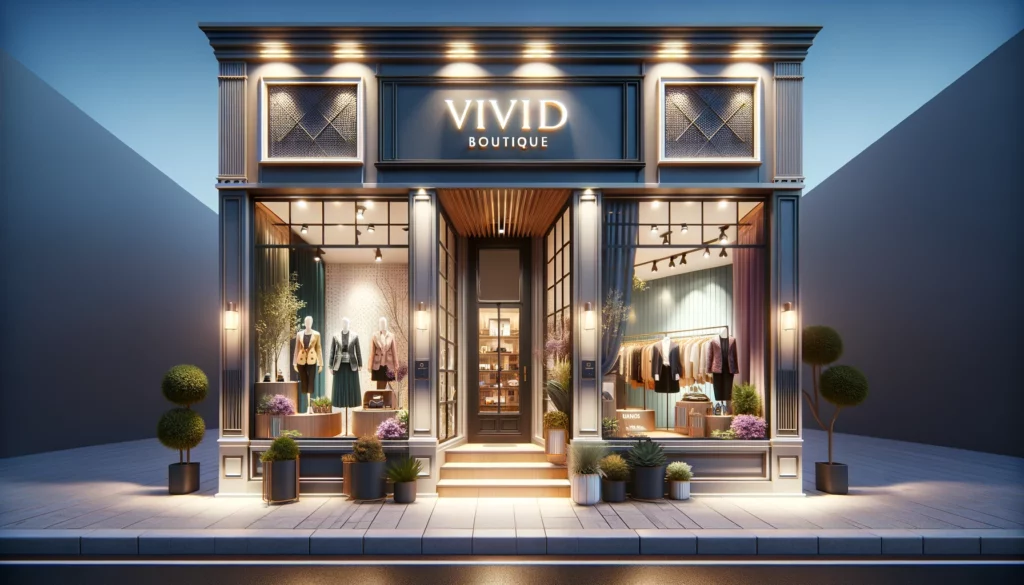
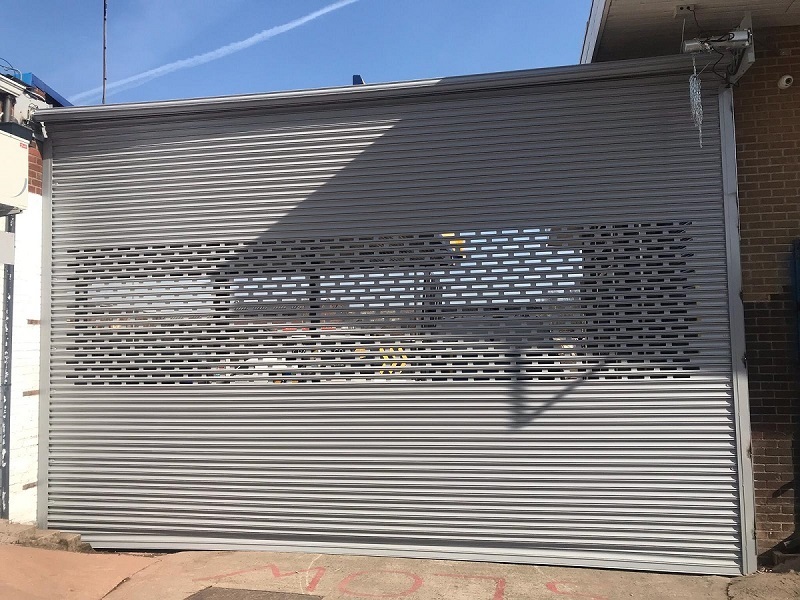
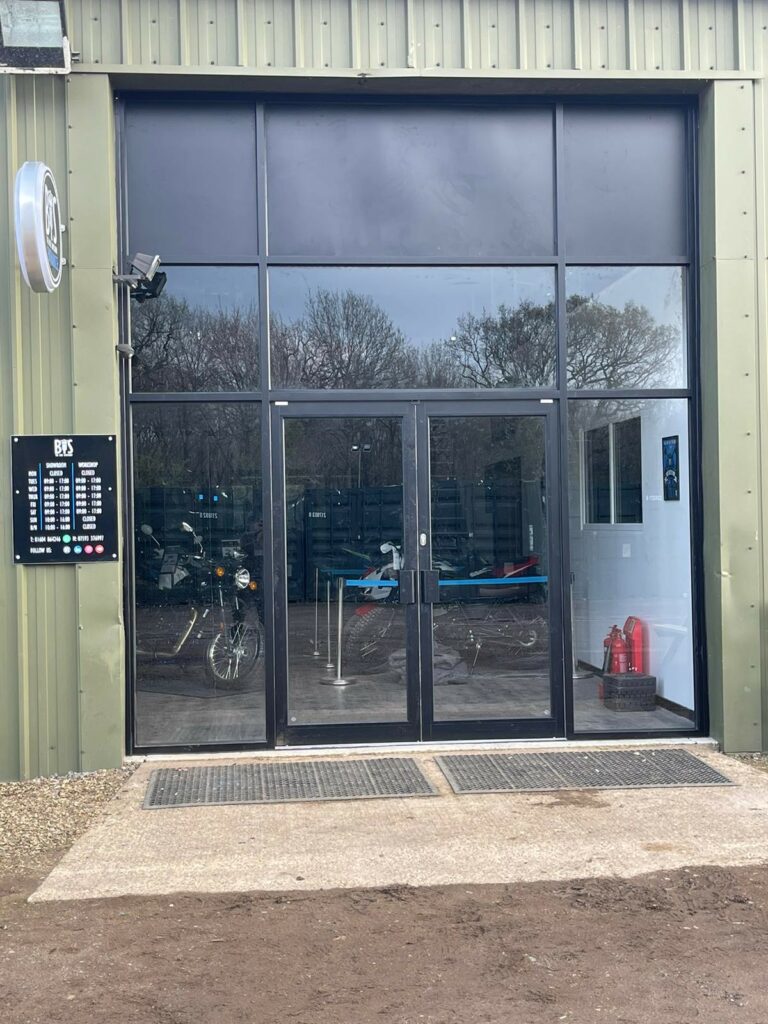



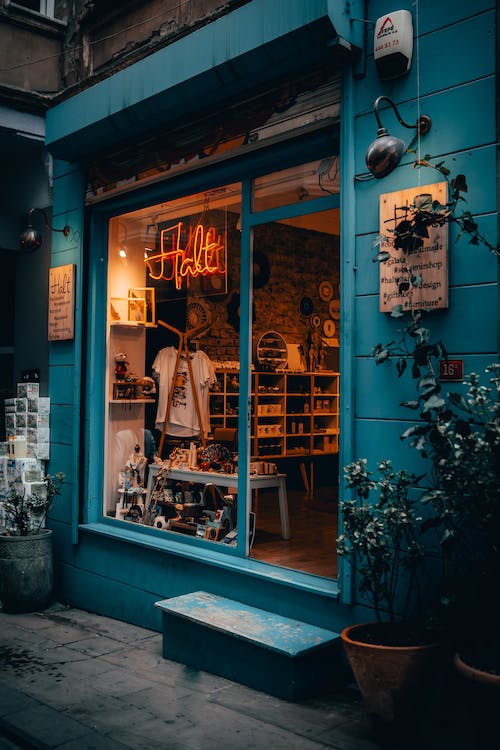

We Aim To Reply To All Enquiries With-in 24-Hours